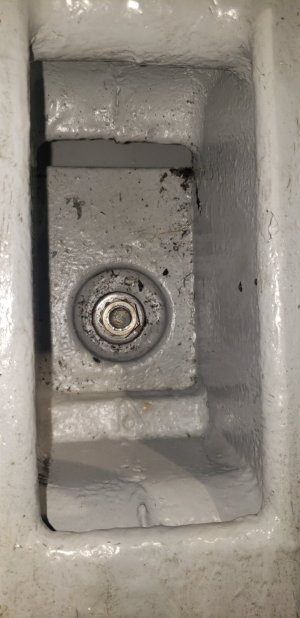- Joined
- Feb 9, 2017
- Messages
- 5,594
One man’s shortcomings is another’s just right. My projects run on the true hobby scale even though I’m not doing models so it’s perfect for me. Mine was 2/3 buried in boxes of tools and stuff in the mother of all garage sales. Mine was also rode hard and put up wet. Was probably in a school or something. It didn’t have any add on tooling but had everything except the motor belt cover. Had the stuff that can often be missing like the special multi angle cutter holder, the original vise, the universal adjuster handle and all the other covers were intact. The whole place was a madhouse with probably 20-30 guys crawling up 10’ high stacks of boxes and trying to get the family members of the x-owner to give them a price. I steeled myself for disappointment and asked the brother how much and he shrugged at it like it was worthless and said “$125?”. Could have knocked me down with a feather. The only things it needed was a new start cap for the motor and I found an original 7a cast iron belt cover on eBay for $125 so I’ve got $250 total into it. The original stand was I think a modded military teletype stand so it’s slated to get a new stand when I get around to it.It's only shortcoming was the 7" work envelope. If the work fit inside that, it could do it, and you didn't have to baby it.


